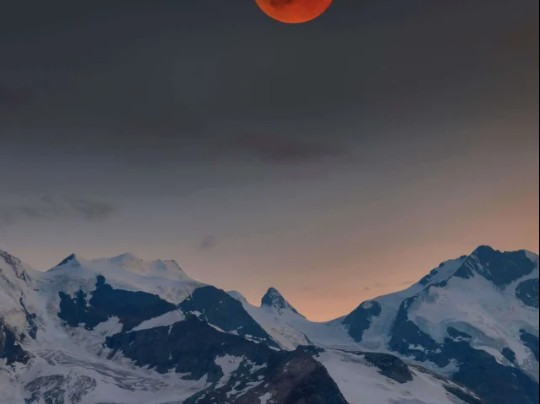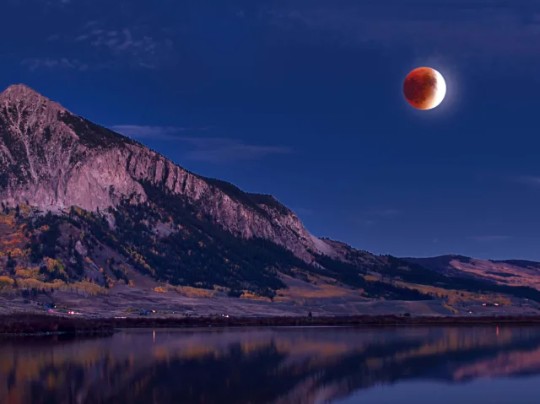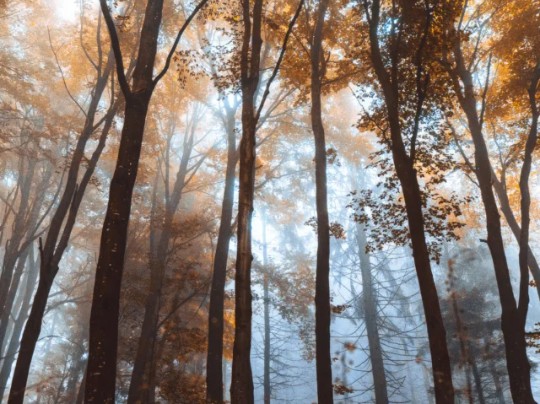Jupiter's Great Red Spot: Unraveling the Mystery of the Giant Storm

A Cosmic Marvel: Jupiter and Its Great Red Spot
Jupiter, the undisputed heavyweight champion of our solar system, captivates us with its swirling bands of color and a breathtaking array of storms. Among these, the Great Red Spot (GRS) reigns supreme – a colossal, enduring anti-cyclonic storm that has raged for centuries. This iconic feature isn't just a visual spectacle; it's a scientific enigma that continues to challenge and intrigue researchers.
Size and Scale: Bigger Than Earth
Imagine a storm larger than our entire planet! That's the sheer scale of the Great Red Spot. Its diameter is significantly greater than Earth's, making it a truly awe-inspiring phenomenon. This immense storm is characterized by high-pressure conditions and a clockwise rotation, driven by powerful winds and complex storm systems deep within Jupiter's atmosphere.
The Color Puzzle: What Makes it Red?
The striking crimson hue of the Great Red Spot has long fascinated scientists. While the exact cause remains a subject of ongoing research, the prevailing theory points to the presence of sulfur and phosphorus compounds in Jupiter's atmosphere. These compounds, subjected to intense ultraviolet radiation from the sun, likely undergo chemical reactions that produce the distinctive red color. However, the longevity of the color, persisting for centuries, presents a further puzzle – these compounds are not expected to last that long.
Unraveling the Mystery: Current Research and Theories
Scientists are employing advanced observational techniques, including data from space probes like Juno, to delve deeper into the mysteries of the Great Red Spot. Current research focuses on understanding the storm's internal dynamics, its interaction with Jupiter’s atmosphere, and the mechanisms responsible for its long lifespan. Some theories suggest that the GRS is fed by energy from deeper within the planet, allowing it to persist for so long. Others propose that the color changes observed over time are related to shifts in atmospheric composition and altitude.
A Dynamic System: Changes and Evolution
The Great Red Spot isn't static; it's an evolving system. Observations reveal that the storm has been shrinking in recent decades, though its current size still dwarfs Earth. Furthermore, its shape and color intensity fluctuate, hinting at complex interactions within Jupiter’s atmosphere. Continued monitoring is crucial to understanding the long-term fate of this magnificent storm.
The Future of Research
The Great Red Spot remains a prime target for astronomical research, providing invaluable insights into planetary atmospheres, storm dynamics, and the processes that shape our solar system. As technology advances, we can expect even more detailed observations and a deeper understanding of this enduring cosmic wonder. The quest to unravel the mystery of Jupiter's Great Red Spot continues!






